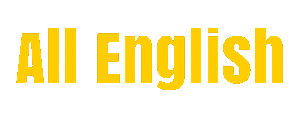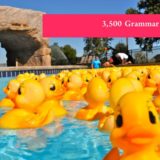Measuring the Immeasurable

One of the big problems with education is how to measure student results. We tend to measure what is easily measurable rather than measuring what’s truly important. And this especially true in measuring language ability.
The purpose of language is to communicate a message. How do you measure the ability to communicate? That’s a challenge.
Educators typically default to measuring the things that are easy to measure: vocabulary and grammar. And they do it in written tests because those are much easier and faster to grade. However, most of our communication happens verbally. And although vocabulary and grammar are elements of language, they are not communicative activities, which is the thing we need to evaluate to determine a student’s skill level.
In other words, in testing vocabulary and grammar, we are testing a student’s KNOWLEDGE OF the language and not their ABILITY TO USE the language.
What’s the solution?
Bill VanPatten and Walter Hopkins have outlined a unique approach used at the University of Michigan using American Council on the Teaching of Foreign Languages (ACTFL) can-do statements. They take the general can-do statements, like…
- I can participate in conversations on familiar topics using sentences and series of sentences.
- I can handle short social interactions in everyday situations by asking and answering a variety of questions.
- I can usually say what I want to say about myself and my everyday life.
…and break them down into smaller can-do statements that reflect their curriculum goals. Like this…
- I can answer basic questions about my daily schedule including classes, work, and study time.
- I can ask someone basic questions about his or her daily schedule related to classes, work, and study time.
- I can say when I get up, when I go to bed, three things I do every day, and if any of these things are different on the weekends.
Then they have students audio record themselves performing the tasks on whatever device they have available. Those activities are graded using a rubric.
Voila! The thing that should be measured, the ability to communicate, is actually being measured. Is it more work than traditional pen and paper testing? Absolutely! But it provides a true reflection of the student’s skill level.













